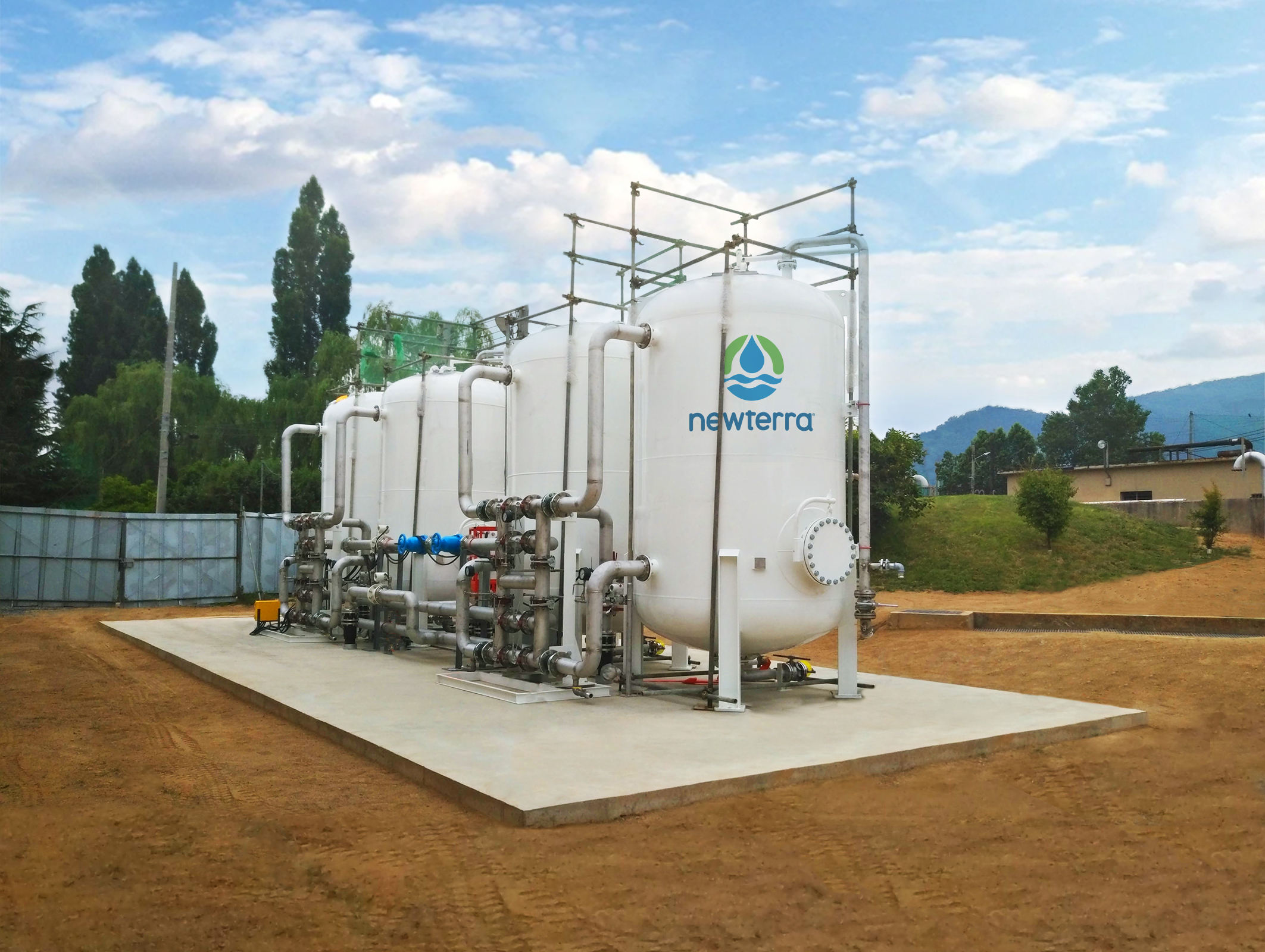How M270 Waste Management Help in the Safe Disposal of Toxic Materials
Your Guide to PFAS Therapy Technologies and Perks
The frequency of PFAS contamination in water resources requires a complete understanding of available treatment technologies. Each technology not only targets specific PFAS compounds but also plays a critical role in enhancing overall water top quality and safeguarding ecological stability.
Recognizing PFAS Contamination
Understanding PFAS contamination is crucial for resolving its prevalent influence on ecological and human health and wellness (m270 pfas treatment). Per- and polyfluoroalkyl compounds (PFAS) are a team of synthetic chemicals extensively made use of in numerous industrial and consumer items due to their water- and grease-resistant properties. Frequently located in firefighting foams, non-stick cookware, and water-repellent materials, PFAS have gotten in the atmosphere through production processes, wastewater discharges, and seeping from landfills
As soon as launched, these materials continue the setting, bring about extensive contamination of soil and water resources. Their one-of-a-kind chemical framework, identified by solid carbon-fluorine bonds, provides them resistant to degradation, resulting in a sensation referred to as "forever chemicals." Subsequently, PFAS can gather in the body and the food chain, possibly triggering adverse wellness results, including immune system disturbance, developmental issues, and an increased danger of particular cancers cells.
Regulatory agencies and health and wellness organizations are increasingly identifying the importance of PFAS contamination, prompting initiatives to keep an eye on, evaluate, and minimize its effects. Recognizing the pathways of PFAS contamination is essential for informing public policy and establishing effective methods to protect both environmental and human wellness.
Introduction of Treatment Technologies
Different therapy innovations have actually been developed to deal with the obstacles posed by PFAS contamination in water and dirt. These modern technologies can be broadly categorized right into several classifications, each with its distinct systems and performance in removing PFAS compounds.
One famous approach is ion exchange, which utilizes material materials to capture and eliminate PFAS from infected water. This approach is particularly effective for short-chain PFAS and can accomplish significant decreases in focus degrees. An additional technology, advanced oxidation procedures (AOPs), employs strong oxidants and ultraviolet light to break down PFAS into less dangerous materials. AOPs appropriate for dealing with a vast array of PFAS substances but may require careful optimization to make best use of effectiveness.

Activated Carbon Filtering
Triggered carbon filtering is an extensively made use of approach for the elimination of PFAS from infected water, recognized for its capacity to adsorb a wide variety of natural substances. This modern technology uses turned on carbon, a very permeable product with an extensive surface area, which helps with the binding of PFAS molecules through physical adsorption. The effectiveness of turned on carbon in getting rid of PFAS is affected by numerous aspects, including the kind of carbon used, the call time, and the focus of PFAS in the water.
Among the benefits of browse this site triggered carbon filtering is its adaptability; it can be carried out in different configurations, such as granular turned on carbon (GAC) systems or powdered turned on carbon (PAC) systems. GAC systems are generally employed in larger-scale applications, while special-interest group can be made use of in smaller sized or short-term configurations. In addition, the technology is reasonably simple to operate and keep, making it easily accessible for lots of water therapy facilities.

Ion Exchange Solution
Ion exchange systems represent an additional effective approach for the elimination of PFAS from contaminated water, enhancing techniques like turned on carbon filtering. These systems operate the principle of exchanging ions in the water with ions held on a resin product. Ion exchange materials can be particularly created to target the negatively billed PFAS compounds, effectively catching them and allowing cleaner water to go through.
Among the main benefits of ion exchange systems is their ability to eliminate a wide variety of PFAS, including both long-chain and short-chain variations. This versatility makes them appropriate for numerous applications, varying from community water therapy to industrial processes. In addition, ion exchange systems can frequently accomplish reduced detection limitations for PFAS compared to a few other treatment techniques, therefore boosting water quality.
Nevertheless, it is necessary to keep an eye on and manage the regeneration of ion exchange media, as the performance can decline with time due to saturation. Proper maintenance and substitute of the resin are critical for maintaining the system's performance. On the whole, ion exchange systems offer a reputable and reliable solution for PFAS removal, contributing considerably to risk-free alcohol consumption water requirements and environmental security.
Advanced Oxidation Processes
Advanced Oxidation Processes (AOPs) make use of effective oxidants to properly weaken PFAS substances in contaminated water. These innovative therapy approaches create very responsive types, such as hydroxyl radicals, that can damage down complicated PFAS particles right into much less unsafe byproducts. m270 pfas treatment. AOPs typically employ combinations of ultraviolet (UV) light, ozone, hydrogen peroxide, or Fenton's reagent, enhancing the oxidation possibility and improving degradation efficiency
The key advantage of AOPs lies in their site ability to target a wide helpful site variety of PFAS compounds, including both long-chain and short-chain variations. This flexibility is essential, as PFAS contamination often involves mixtures of different compounds with varying chemical frameworks. Furthermore, AOPs can be integrated right into existing water treatment systems, making them a practical solution for several towns and markets.
Nonetheless, the execution of AOPs can be resource-intensive, requiring mindful factor to consider of operational prices and energy usage. Additionally, while AOPs are reliable in breaking down PFAS, they might not totally eliminate all results, necessitating additional treatment actions - m270 pfas treatment. In general, AOPs stand for a promising method for attending to PFAS contamination, adding to cleaner water sources and enhanced public health defense

Final Thought
By picking the suitable modern technology, neighborhoods can improve water quality, secure public health, and alleviate the environmental dangers associated with PFAS exposure. Proceeded research and implementation of these techniques are important for reliable management of PFAS contamination in impacted locations.